Ellinor Geiger, first year student, Accademia di Architettura di Mendrisio
Responsible lecturer Atelier Olgiati: Nathan Ghiringhelli
Valerio Olgiati is a renowned Swiss architect and teacher in prestigious universities. With an international career and a powerful body of work, he stands out both as a practicing architect and a scholar. In this portfolio chosen for Electra we present images of some of his most iconic projects. Three students from the Accademia di Architettura di Mendrisio, in Italian-speaking Switzerland, where Olgiati currently teaches, write about his work in a dialogue between generations.
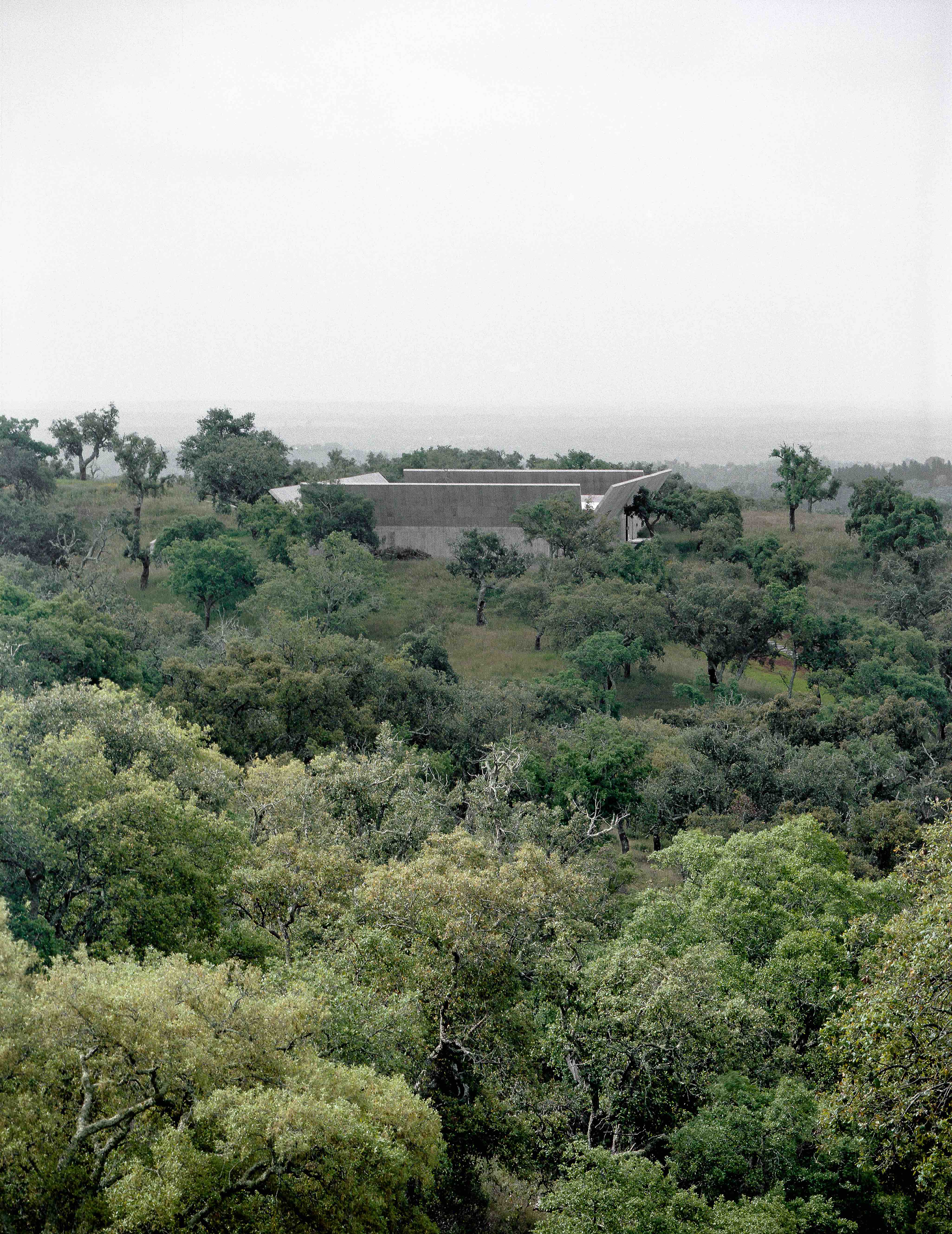
Villa Além, Alentejo © Photo: Paulo Catrica
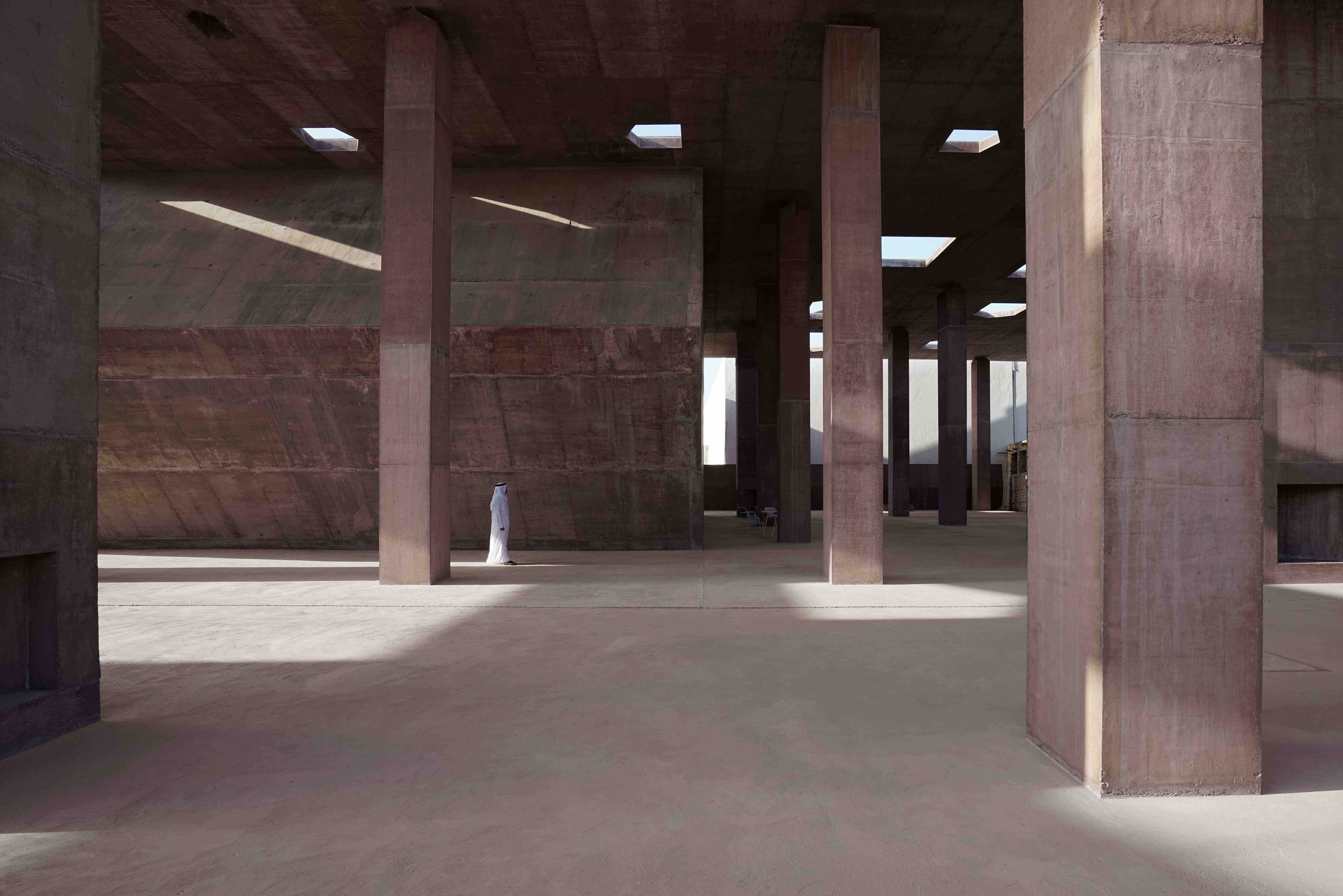
Pearling Site, Bahrain © Photo: Archive Olgiati

Baloise, Basel © Photo: Mikael Olsson
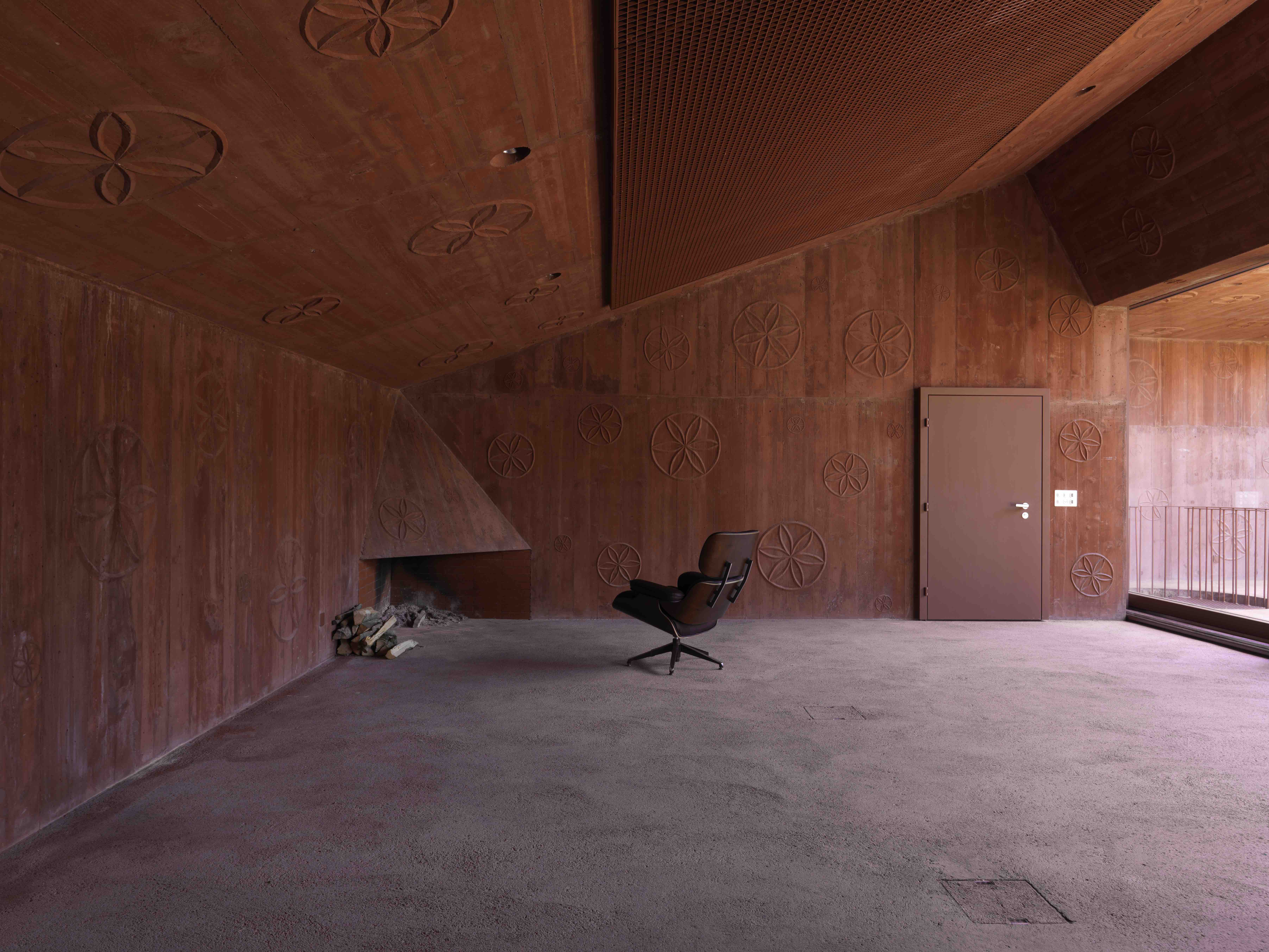
Atelier Bardill, Scharans © Photo: Archive Olgiati
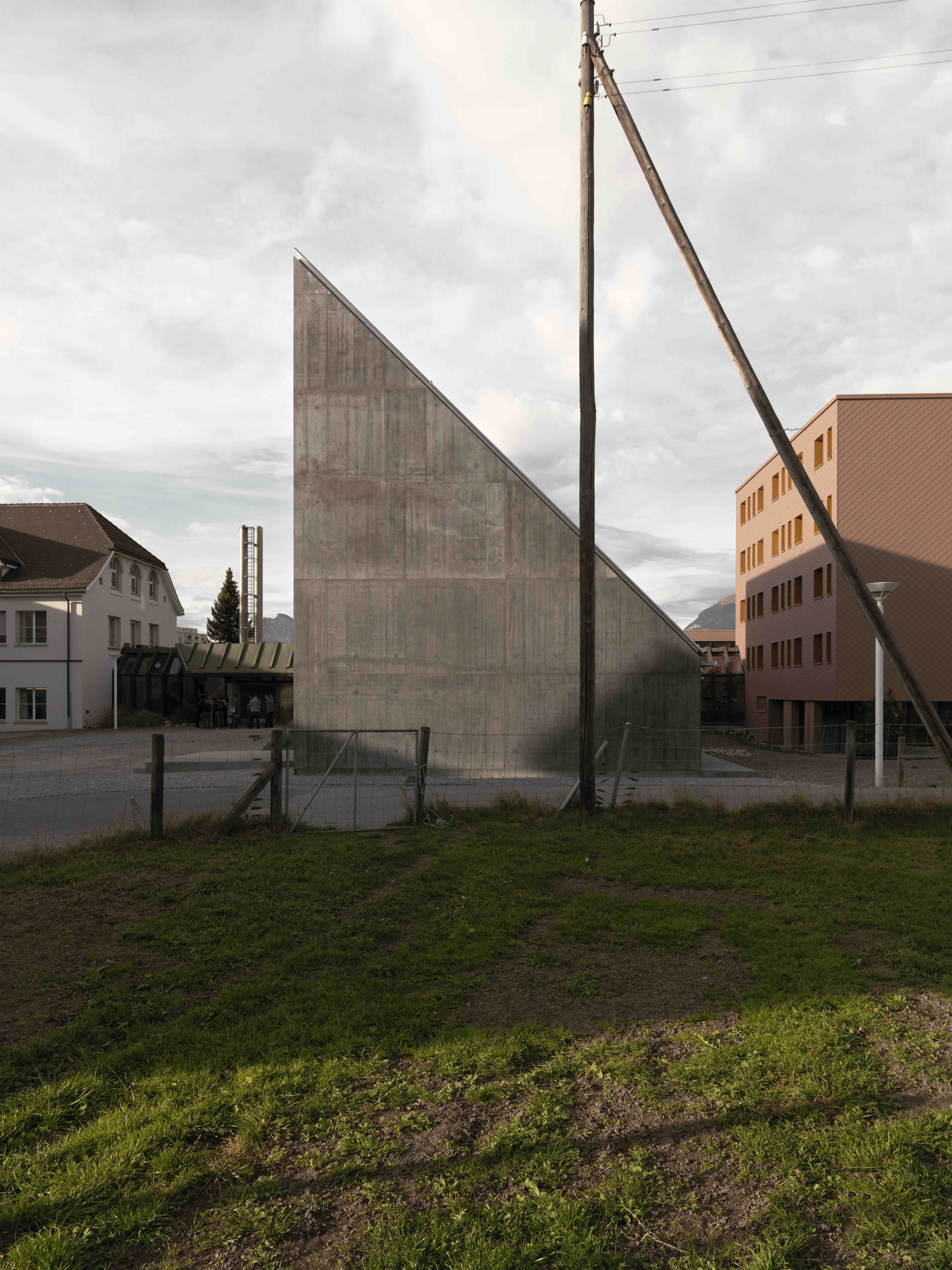
Auditorium Plantahof, Landquart © Photo: Javier Miguel Verme
Ellinor Geiger, first year student, Accademia di Architettura di Mendrisio
Responsible lecturer Atelier Olgiati: Nathan Ghiringhelli
While not my first real experience with architecture, these first months at the Academy have been a real revelation. Day after day, I feel that this school, or rather, this studio, has begun to profoundly influence my life, both on a professional and on a personal level. I feel that the teaching approach used is helping me to grow, especially in terms of my sensibility.
In my first concrete encounter with architecture, at an artistic high school with an architectural orientation, I was taught, in a firmly pragmatic and passive way (on my part), that there is only one way to do architecture, based on the strict application of schemes and forms dictated by building regulations and values handed down by society. This studio is teaching me the opposite, to break down conventions and stereotypes, to radicalise my own ideas, and to work actively by stimulating my own creativity; in short, it has firmly convinced me that each of us is capable of changing the world through our architectural work. The studio has not only opened me up to the idea that I can make something memorable, but it pushes me daily towards that goal, providing me with the necessary tools that underpin a solid professional ethic. What has opened my eyes the most is the method through which the reviews, the so-called critiques, take place. Of the latter, the most formative experience, the only one that caused a marked change in me, was the presentation of my project in front of all the lecturers and students with a critique by Valerio Olgiati. My expectations were upended even before I presented my work. In all honesty, I had never suffered any form of performance anxiety before. In fact I was extremely enthusiastic about the opportunity to interact with such an important figure in the contemporary architectural debate and to present in front of such a large audience. But after attending the previous nine critiques, I found myself both nervous and afraid when my turn came. I had never witnessed such direct appraisal of student work, carried out so abruptly and with a bluntness that made the whole thing harder and more difficult to digest. Up until that point, my experience of criticism in an academic context had been of a radically different nature, which often, thanks to my inclination towards architecture, ended on an extremely positive note. After Olgiati's critique, however, I found myself in a state of pure confusion. I was speechless, disappointed and slightly offended. I took the whole thing quite personally.
Looking back, I am really grateful for how that day went, even though it took me a long time to digest it. It was thanks to Olgiati's pointed questions that I realised something had to change. Firstly, I realised something fundamental, that there is no one way to do architecture, and that everything I had been taught in high school with respect to architecture was incomplete, and that the method they had used was clearly unsuitable for teaching this art. Olgiati's frank and fearless critique led me to question myself about issues I had never considered before, essentially making me realise how necessary it is, especially for an architect, to be able to read a space and understand how one wants to live. From that day on, I began to grasp the beauty and relevance of these moments of critique, moments of free dialogue and of honing our powers of listening and observation. At least for me, these are moments conducted in an atmosphere of total openness and trust, where the relationship with the lecturer is no longer passive and top-down, as in high school, but collaborative, as if we were working in a team. In fact, thanks to the Academy, I was finally able to grasp the true meaning of constructive criticism, and even though it hurt me at first, I was able to understand that it is only through difficult confron- tations that one grows, since a person rarely knows how to be a good judge of themselves. This experience led me to look at the world with a different gaze, with a new pair of eyes to analyse space and the things that inhabit it. From that day on, I got into the habit of asking myself extremely basic questions, and it was thanks to the first answers I gave myself that I really began to look at the world with different eyes. From that moment on, I began to perceive space differently and to relate to it in new ways; even environments and places that I already knew in some depth changed. While this experience opened my eyes, I must admit that during the days that followed I felt extremely empty and disoriented, as if I had nothing to offer and had to start from scratch. As the days went by, I realised the value of what had happened. A process of genuine transformation had begun in me. What I had to do was simple: to rebuild everything, day by day. This process is ongoing, through the perseverance and commitment I put into my personal work, but above all through the constant design activity in the workshop, through frequent criticism, and through the countless insights offered by our lecturer.
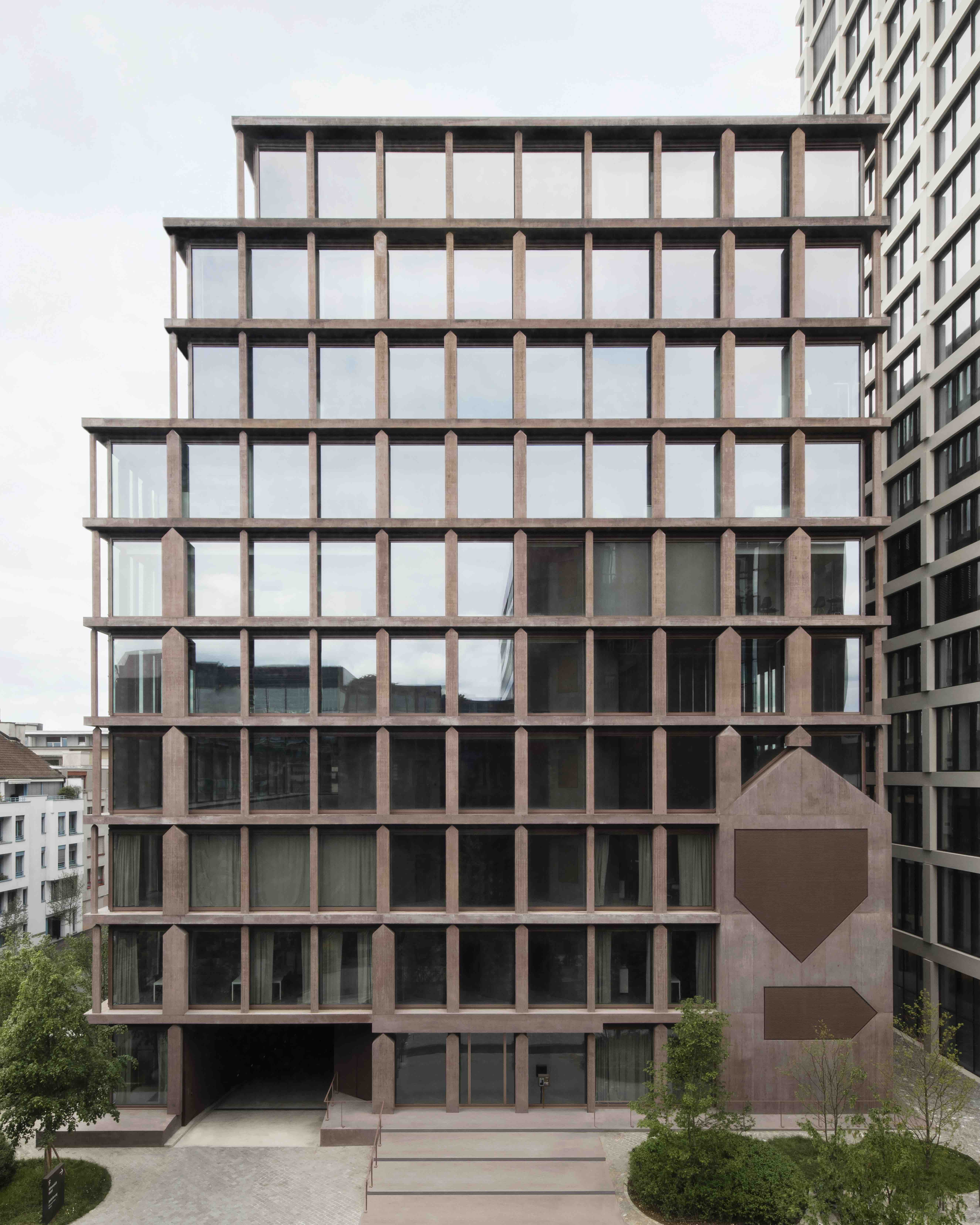
Baloise, Basel © Photo: Mikael Olsson
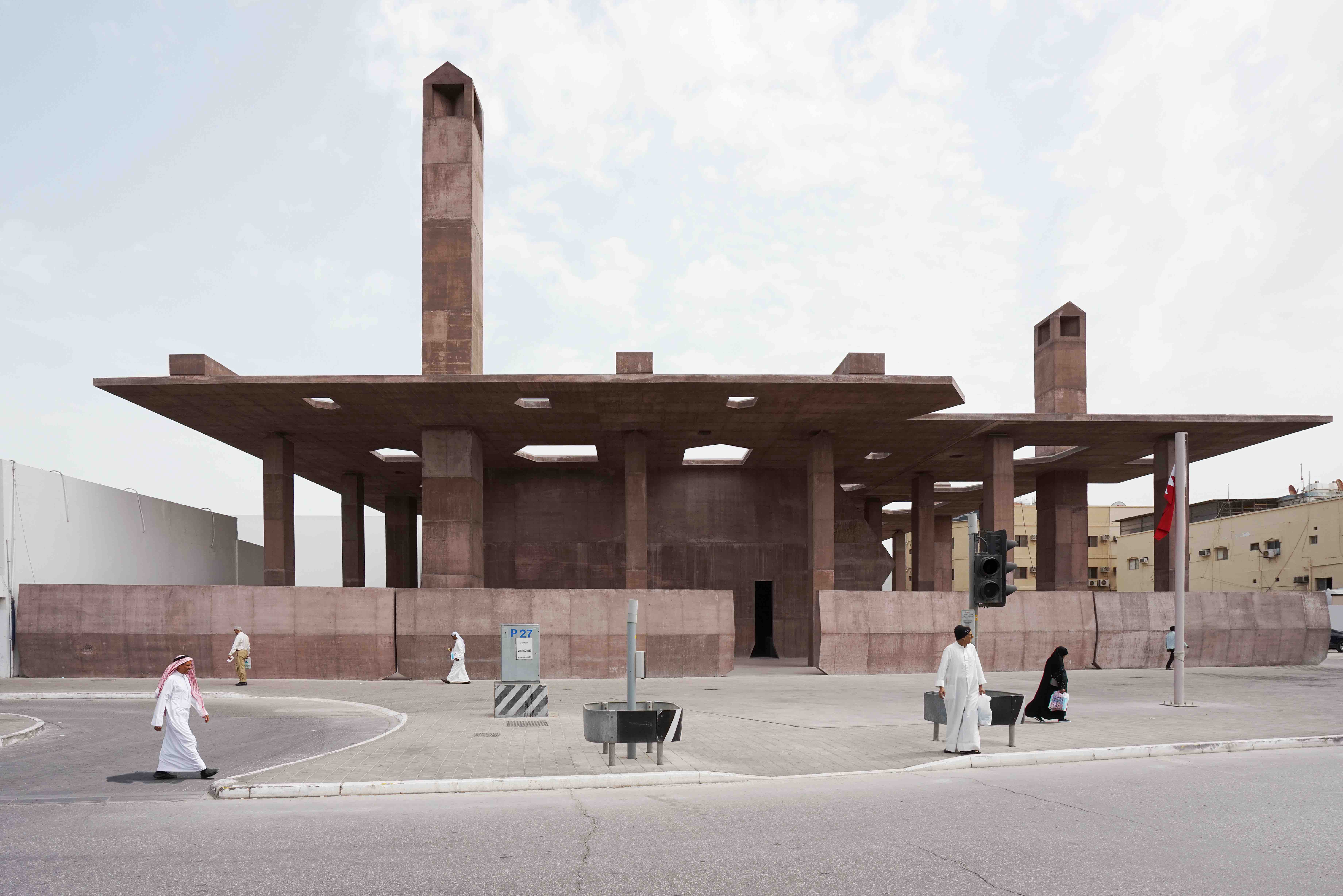
Pearling Site, Bahrain © Photo: Archive Olgiati
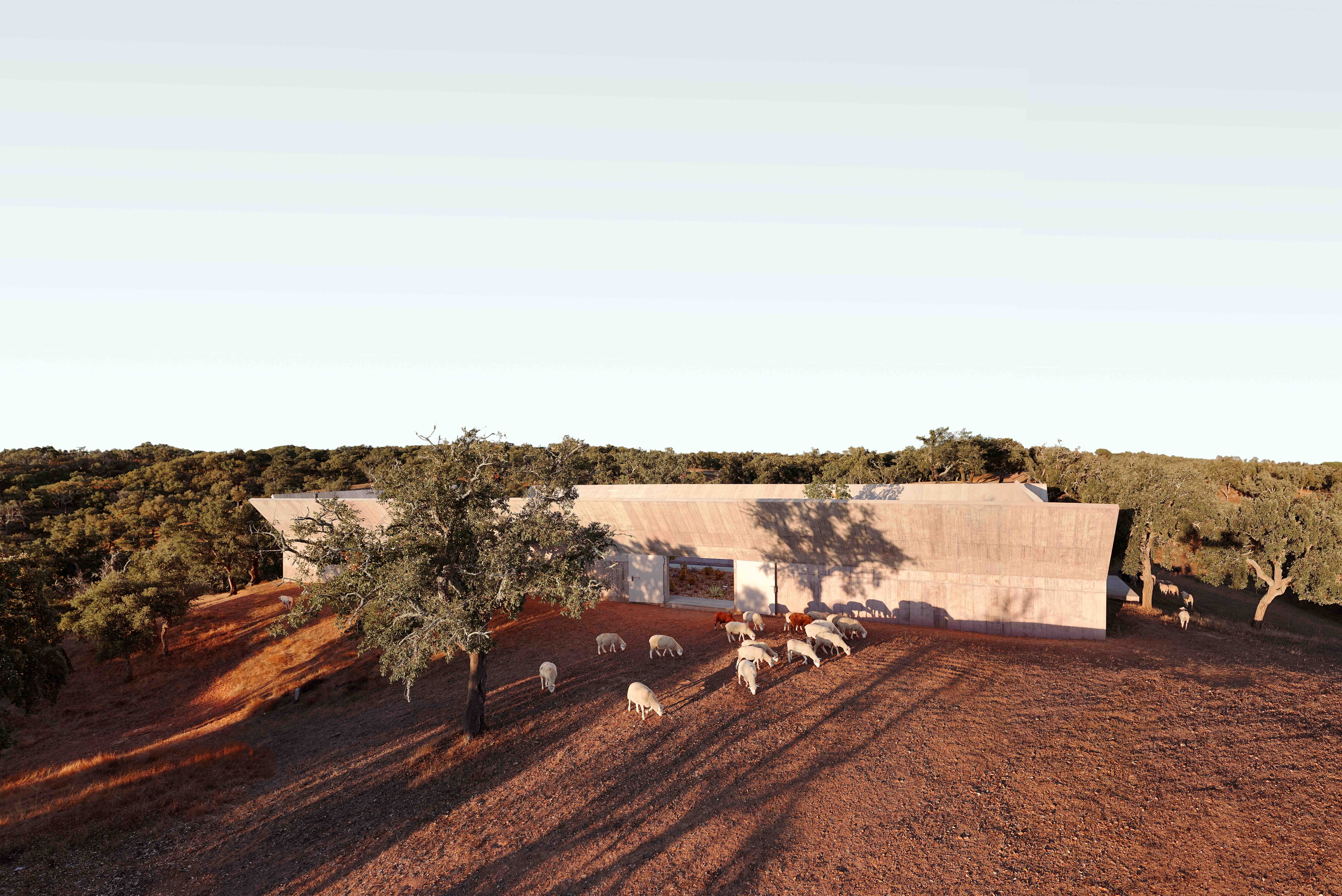
Villa Além, Alentejo © Photo: Paulo Catrica
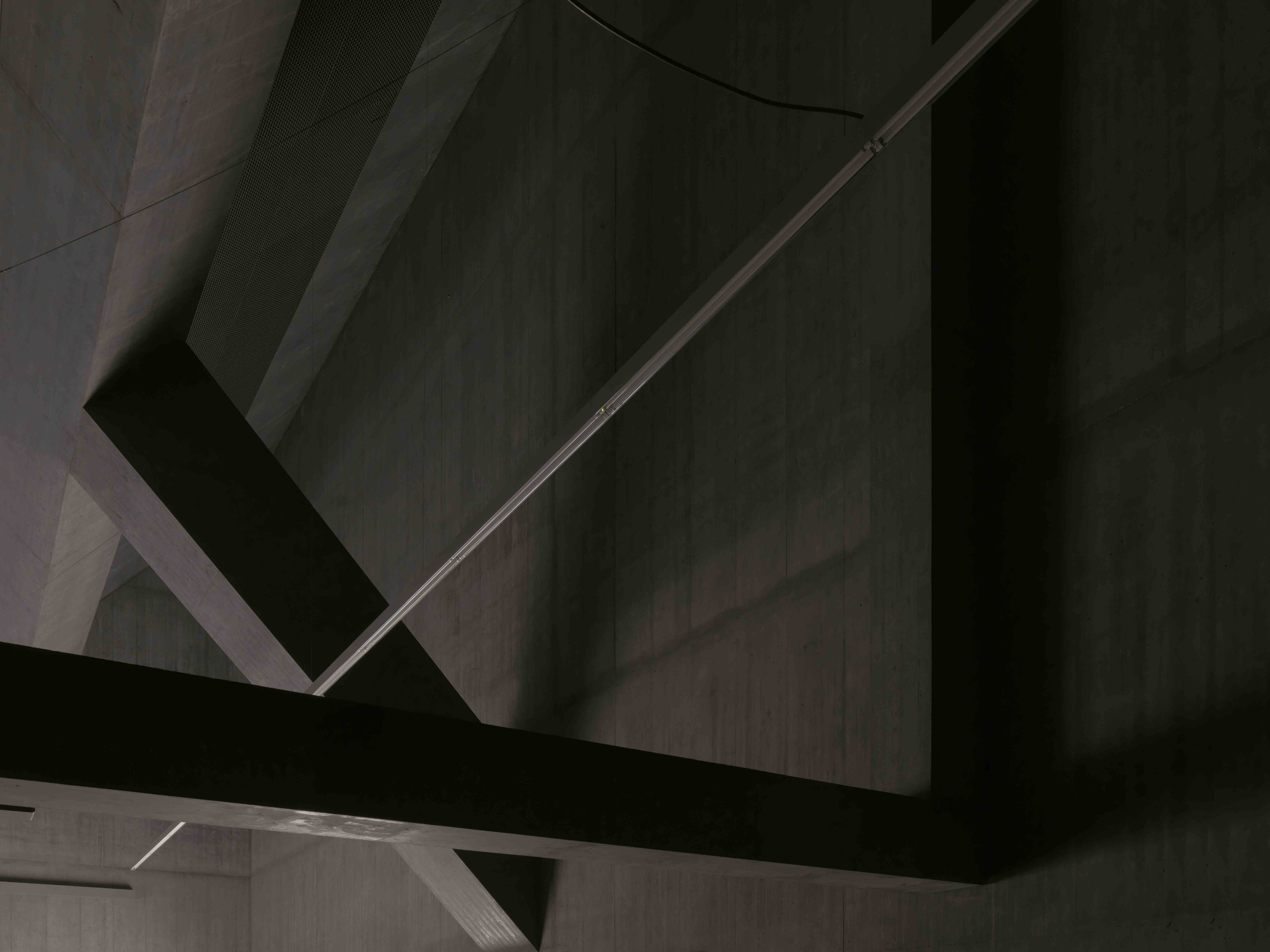
Auditorium Plantahof, Landquart © Photo: Javier Miguel Verme
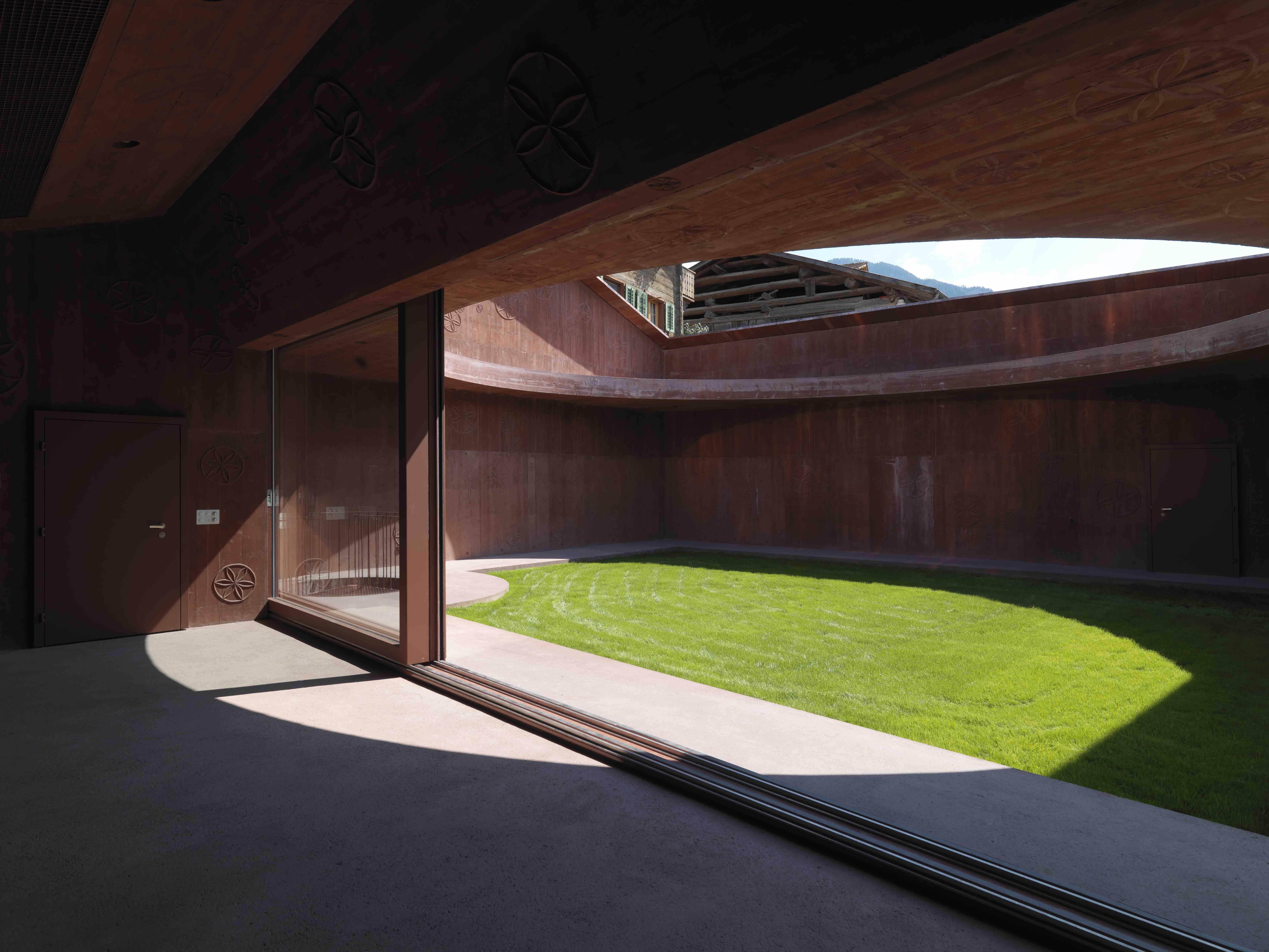
Atelier Bardill, Scharans © Photo: Archive Olgiati
Giotto Celio, first year student, Accademia di Architettura di Mendrisio
Responsible lecturer Atelier Olgiati: Sofia Paradela
Studying law and studying political science. That was what I was doing before I enrolled to study architecture at the Mendrisio Academy. While studying at the University of Berne, mine was the classic student life: a few hours of theoretical courses, topics ranging from private law to sociology, followed by several hours of independent work with books, maybe at home, maybe in the library. This is indeed what studying means: attending auditoriums packed with students in order to learn, sometimes by rote, the notions of one subject or another. It means rewriting, receiving, making concepts one's own; all with the aim of, first on exam day and then in real life, knowing how to use them to one's own advantage. It means being passionate about the subject and wanting to discover more, of course, but it is a matter of knowledge, of applying the theories and definitions learnt to the cases we are faced with.
With this I certainly do not wish to belittle the study of certain subjects, but rather to contextualise it as a phase of growth in one's knowledge, as a process of increasing one's knowledge.
Today I am an architecture student in Mendrisio, but when people ask me ‘what do you do?’, I find it hard to answer that I study architecture. This is because here in Mendrisio, studying architecture is not really studying. Indeed, when I think of our work in the studio, it has nothing to do with that way of learning. We do not learn definitions, we do not learn concepts, we do not apply theories. We create, we rework, we think, we model.
Architecture here is not, and cannot be, studied. Rather, the few hours of course time are replaced by entire days (and sometimes nights) spent in the studio. The work of reviewing concepts turns into a continuous redefinition of one's project, on which one thinks day and night. And so it is that, after a day spent in the studio, reviewing what one has done, closing a book or to stop drawing are not viable choices. The project takes over, it inhabits us, it envelops our thoughts at all times of day; and it is in reworking, rethinking, starting again that we grow, develop a working method, try to become something more. In this sense, architecture is not studied here, but experienced.
When we prepare for a presentation and critique, it’s not like studying for an exam. We have no books to learn from, we have nothing to work on. What we have to work on is our own project, something we have to develop, something we have to know, feel, understand; something we have to believe in in order to face a critique.
On the day of the critique, we don’t just present our work and hope we have done well enough to pass. No. We have to present ourselves and describe the process that led us to the decisions we made; we have to be able to listen, to question ourselves, without always knowing exactly what is right and what is wrong. Finally, when the critique is over, the work is certainly not finished; we cannot relax and think of something else; the critique is only a stage, the beginning of a new episode, never an ending point. The work always continues, the comparisons continue, the critiques add up; the project, the object of our training, never stops.
The studio thus becomes a kind of second home. Studying here means living its spaces, smelling the glue and cardboard, living with the bluish light of the computers in the evenings. It means cultivating a relationship of dialogue with one's teachers and with one's studio group, of confrontation and sharing; a relationship that becomes personal over time. In short: something extremely far removed from study in the traditional sense.
Each discipline at university has its own teaching method, clearly, and comparing them is perhaps not the best way to understand them. So what’s the best way to describe what we do here? I cannot yet say. What is special here, though, in the way we learn architecture, is that we do not ‘simply’ increase and expand our knowledge. Here, we immerse ourselves viscerally in the discipline, living with it up close, creating something new every day. This is why I can say one thing for sure: here in Mendrisio, architecture is not studied; here, architecture is made.
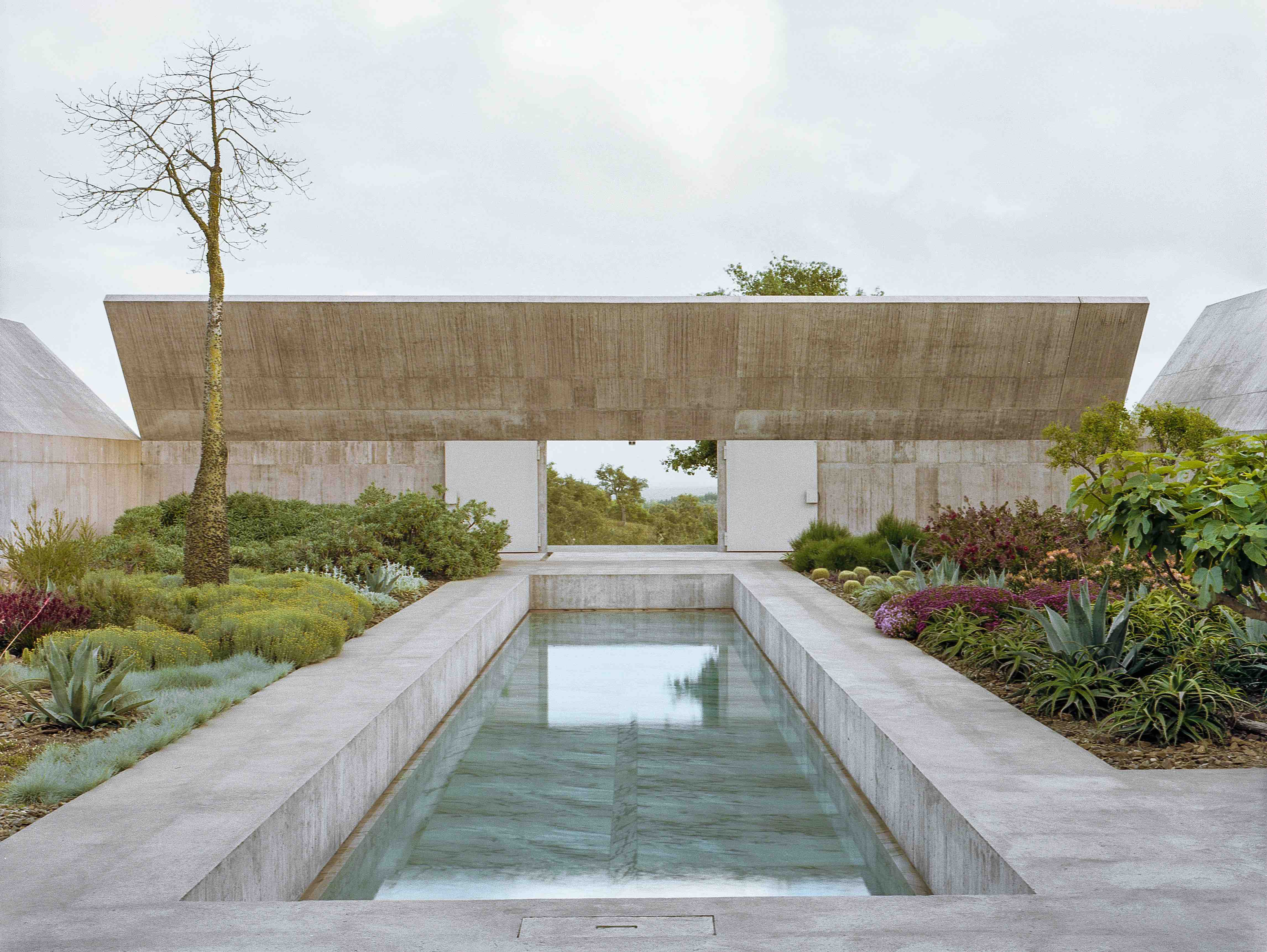
Villa Além, Alentejo © Photo: Paulo Catrica
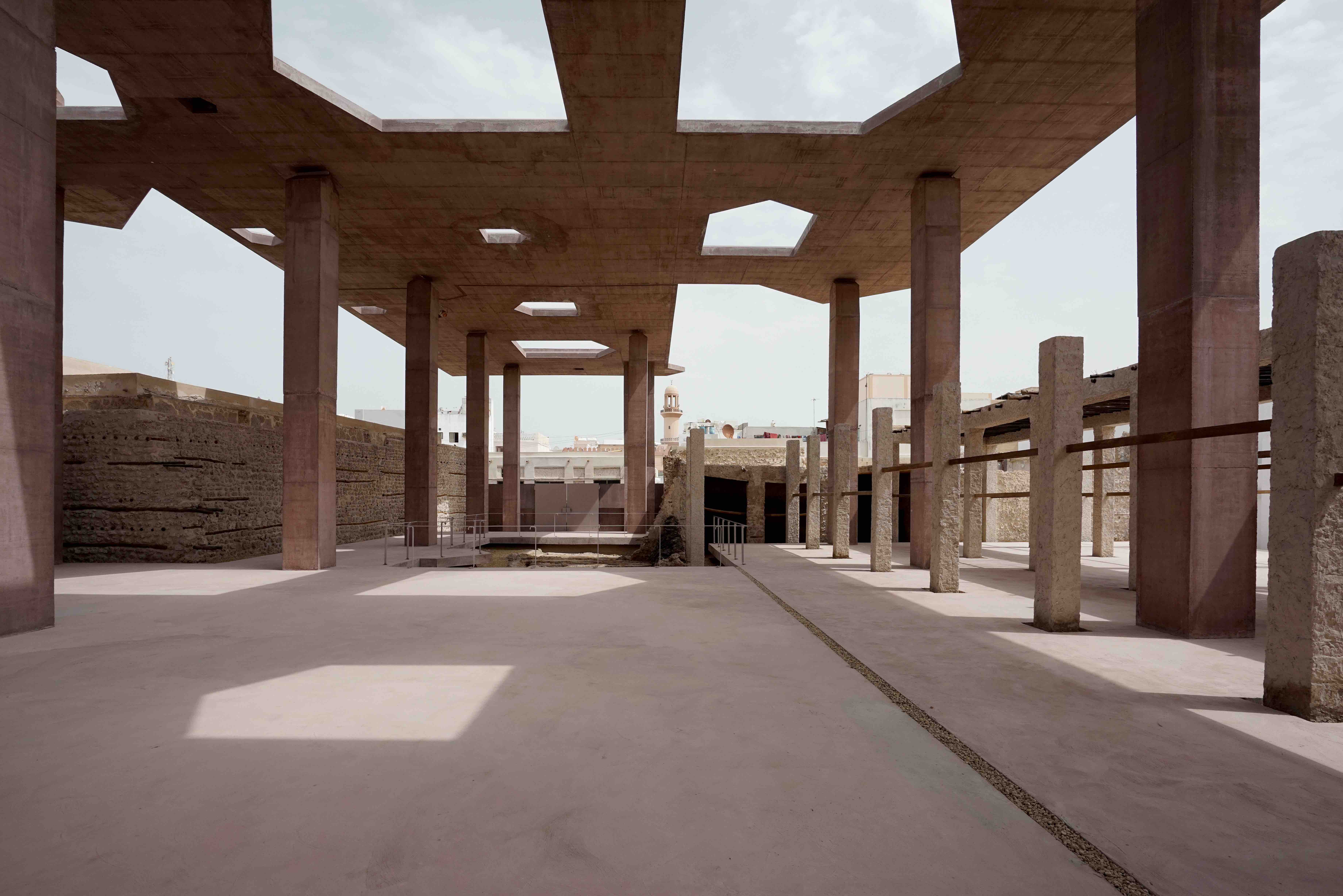
Pearling Site, Bahrain © Photo: Archive Olgiati
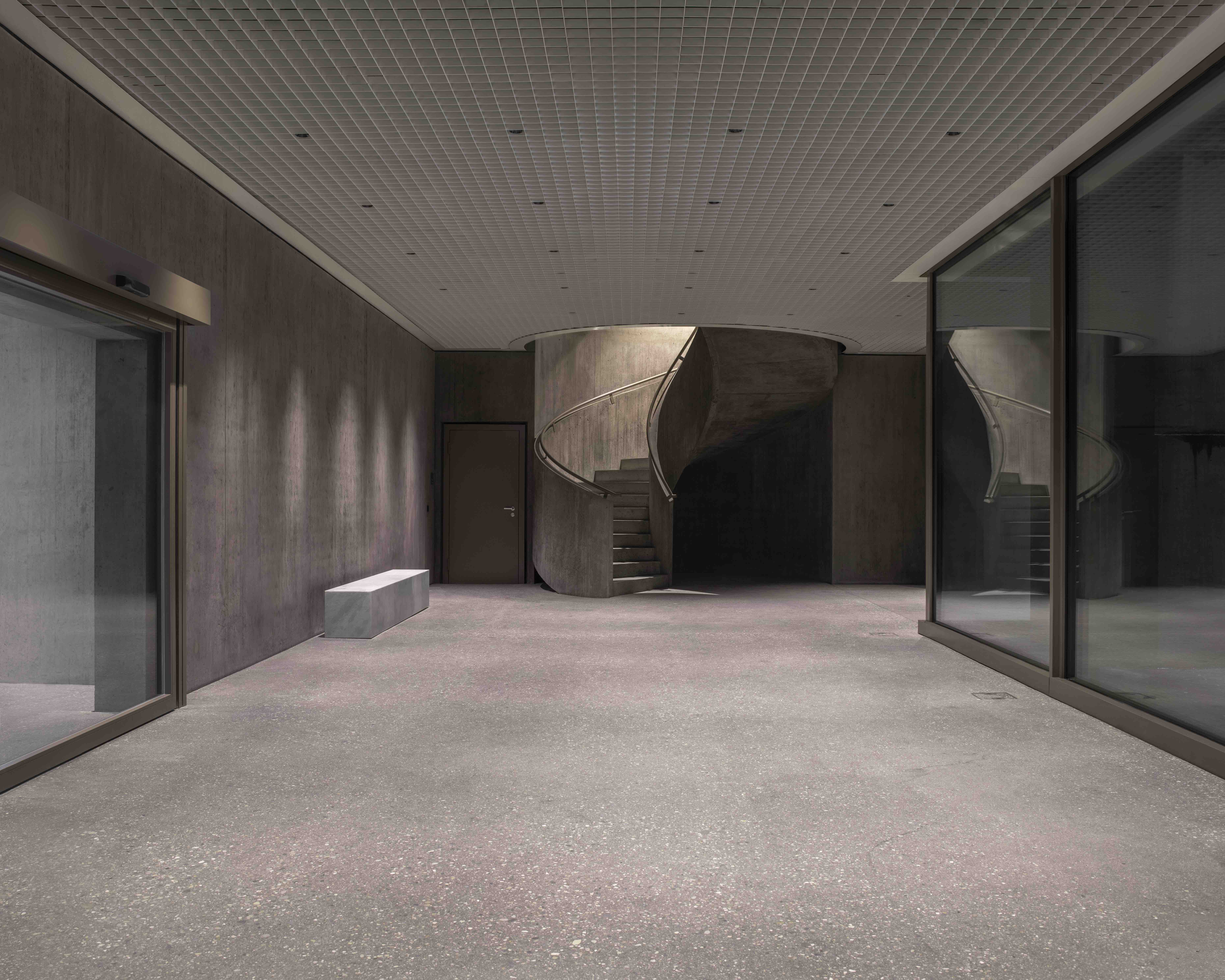
Baloise, Basel © Photo: Mikael Olsson
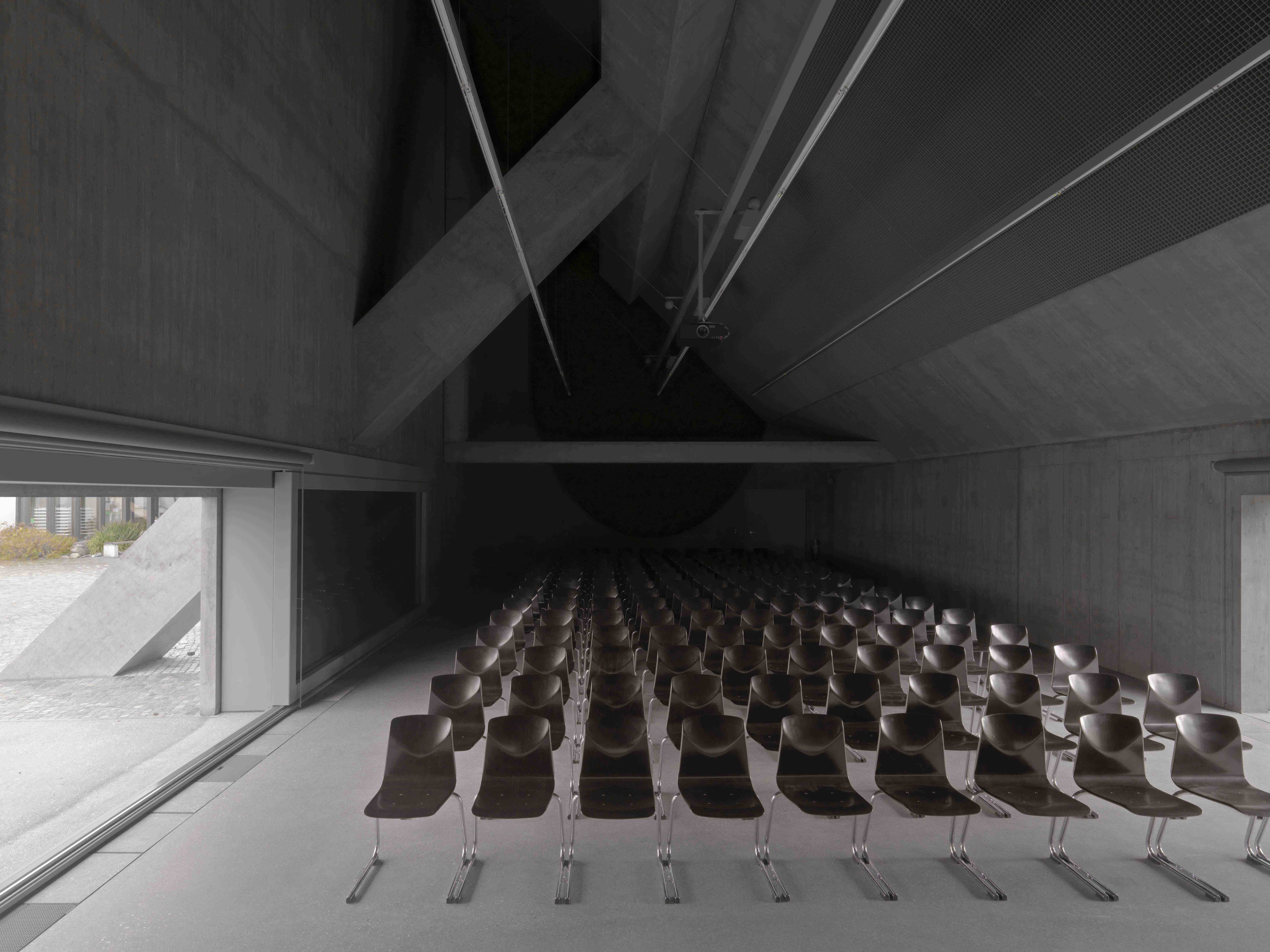
Auditorium Plantahof, Landquart © Photo: Javier Miguel Verme
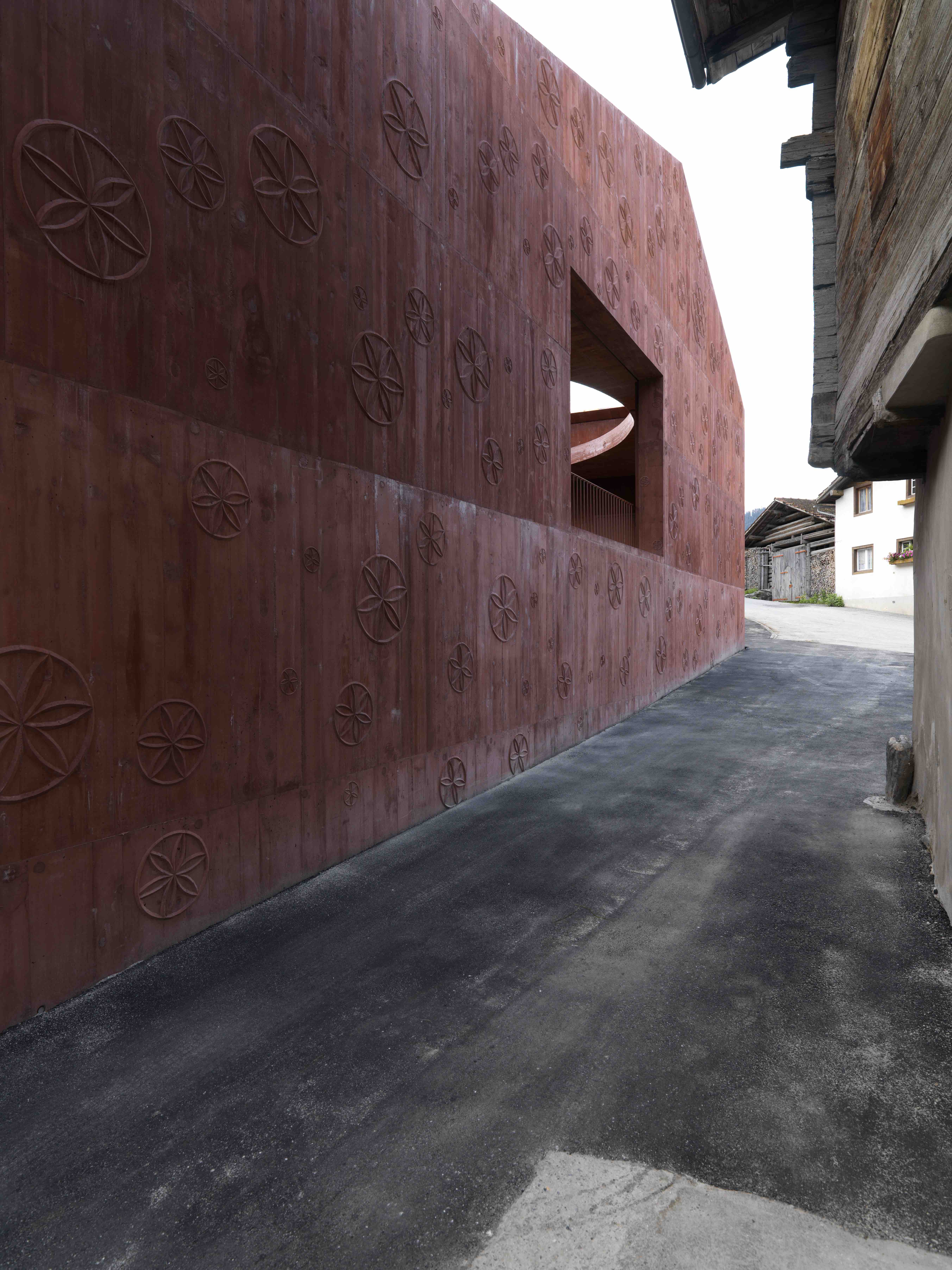
Atelier Bardill, Scharans © Photo: Archive Olgiati
Sveva Borelli, first year student, Accademia di Architettura di Mendrisio
Responsible lecturer Atelier Olgiati: Sebastian Carella
It is easy to think about architecture as a pure and essential search for interesting geometries and spatial effects. It is easy to conform to the contemporary architectural style, but this leads to reducing a discipline that hides much more, to earthly experience alone. In fact, differently from what is thought, architecture is not a simple place where people meet and carry out activities of various kinds.
Architecture is an intrusive art.
In fact, it determines various unconscious aspects of our existence. It defines the feeling we experience in living in a space, determines social relationships and the way to develop them, and affects the perception of ourselves in relation to what surrounds us.
In particular, I would define what I am experiencing at the Academy of Architecture, and more specifically in the Olgiati Atelier, as a deep vortex of totalising formal research, but above all, spiritual research.
The first approach, which I'm still metabolising, is developing a personal relationship with the creative process. In fact, in this atelier the technicalities and rules are left aside, to get to the essence of creativity. I think that in the first year, not letting yourself be overwhelmed by technique is very important. First of all, we need to free the mind, let it travel, to create innovative realities, and not set limits that justify choices.
Through the various frantic deliveries, I learned that architecture is above all continuous research, a perpetual evolution. In fact, since the first proposal I presented, there have been countless changes, and every week I find myself thinking of solutions that modify a large part of my project. This is why I say that architecture is a continuous discovery, because it is about proposing, failing, re-proposing, and so on.
Everything we come into contact with, influences our young inexperienced minds, so I find the responsibility of this atelier to be enormous. Being a course where we cannot choose, it becomes the beginning of a journey that is not controlled by us or our preferences. In doing so, we come into contact with different inputs and we differentiate the sources. In fact, this first year is the beginning of the modelling and discovery of everyone's taste and architectural preferences.
This is a reality full of questions. Every answer I try to give to the thousand ‘why?’ of the teacher makes me understand even more that every choice I make is the result of my individuality. Everything inevitably leads to deeper reasons, which hide everyone's personality. The project speaks about us, and it is the way we present ourselves to the world. Everything therefore becomes a kind of extension of itself.
I'm really establishing a bond with architecture, and I think the merit to be given to this course is: the creation of a sort of friendship, of familiarity, extremely individual and primitive, with the material.
When you enter this world, you understand that it is no longer just about finding efficient solutions to human needs. It is a real, indirect communication that takes place between the architect, the architecture, and the surrounding reality. It's not just a shape.

Auditorium Plantahof, Landquart © Photo: Javier Miguel Verme
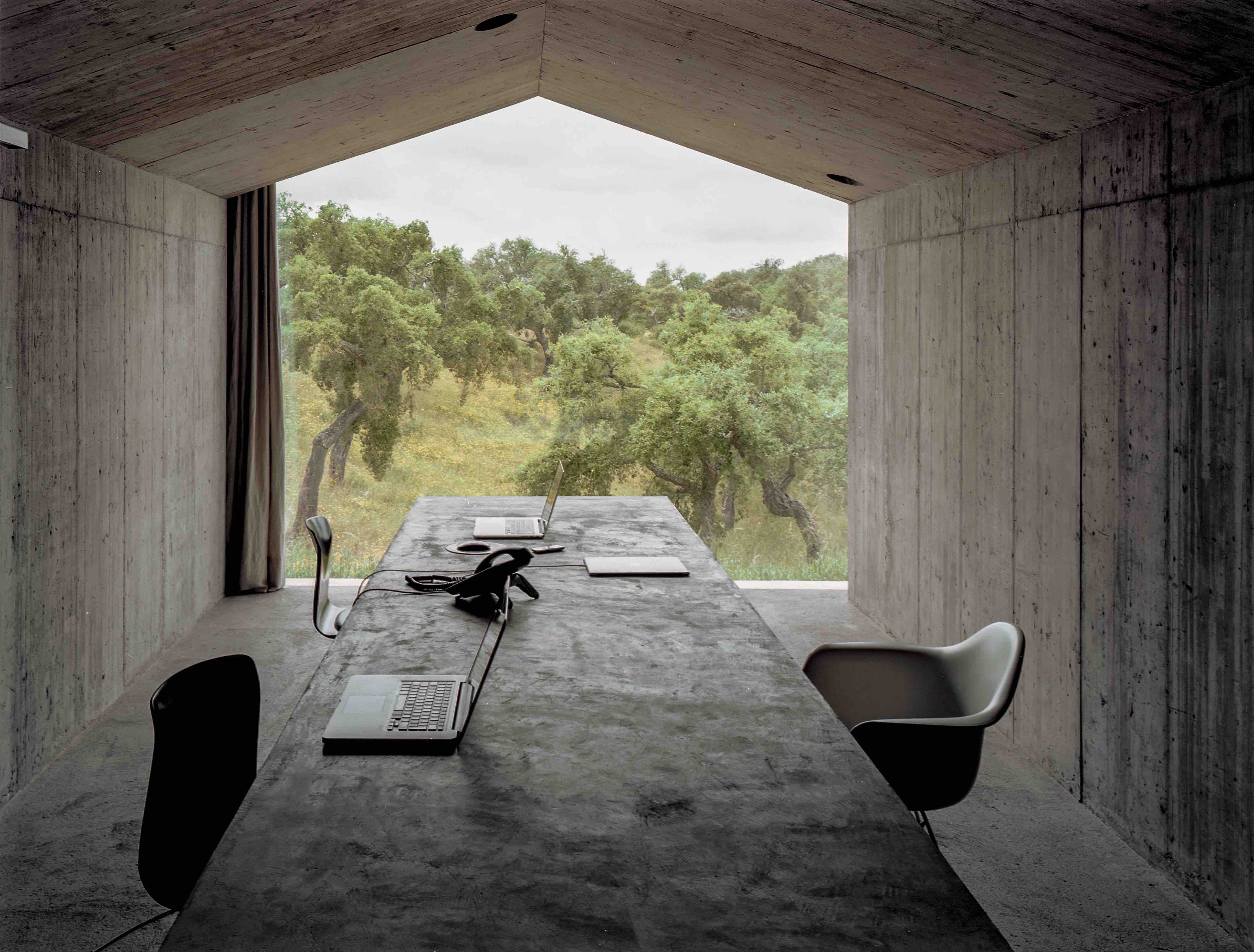
Villa Além, Alentejo © Photo: Paulo Catrica

Pearling Site, Bahrain © Photo: Archive Olgiati
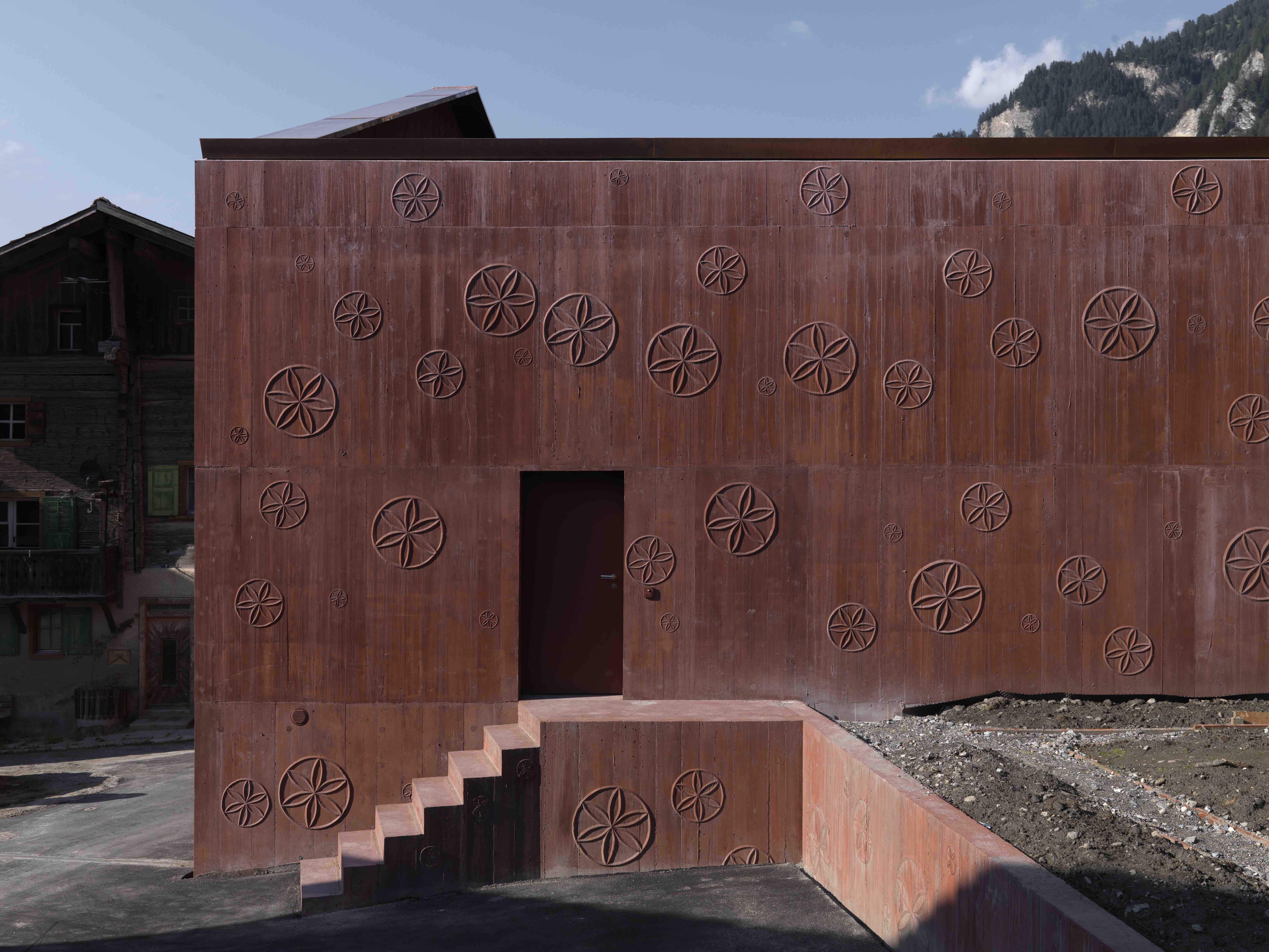
Atelier Bardill, Scharans © Photo: Archive Olgiati

Baloise, Basel © Photo: Mikael Olsson
Share article